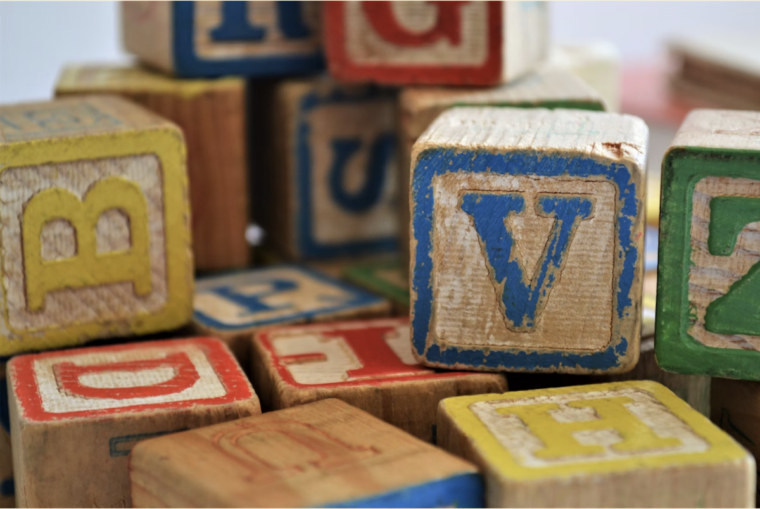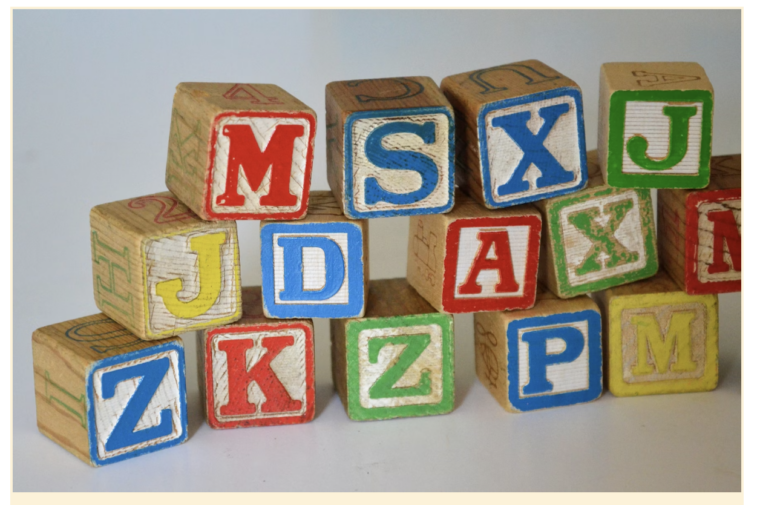ABCs of Teaching Letters: Creative Strategies for Preschoolers
Teaching letters to preschoolers is an exciting and foundational step in their educational journey. Developing strong letter recognition and early literacy skills can pave the way for successful reading and writing in the future.
However, teaching preschoolers the ABCs requires creativity, patience, and a deep understanding of how young minds learn. In this blog post, we will explore the ABCs of teaching letters, offering creative strategies that will make the process engaging and fun for both educators and young learners.
Letter Tracing Worksheets
Utilize letter tracing worksheets to provide structured practice in recognizing and writing letters. Letter tracing worksheets offer a focused and hands-on approach to learning. They help students develop fine motor skills, refine letter recognition, and establish correct letter formation habits.
Implementation
Create or find letter tracing worksheets for each letter of the alphabet or all letters. Encourage students to trace the letter’s shape, both uppercase and lowercase, using a pencil or crayon. Emphasize correct letter formation.
Letter of the Day
Selecting a “Letter of the Day” is a foundational strategy in teaching letters to preschoolers. It offers a structured and engaging way to introduce and reinforce letter recognition.
This strategy provides a clear focus for daily letter learning, making it manageable and less overwhelming for young learners. It also encourages environmental print awareness as students discover letters in their surroundings.
Implementation
Choose one letter to highlight each day. Display the selected letter prominently in the classroom. Start the day by discussing the letter’s name and its corresponding sound. Encourage students to find objects in the classroom that begin with that letter.
Alphabet Books and Storytime
Alphabet books and storytelling engage students’ imaginations and build a strong foundation for letter recognition. The narrative context makes letters more memorable and relatable, fostering a love for reading and letters.
Implementation
Curate a collection of alphabet books that feature letters and corresponding images. During storytime, read these books aloud, emphasizing the letter sounds and related words. Encourage students to identify the featured letters and discuss the words associated with them.
Letter-Themed Art Activities
Engage preschoolers’ creativity by incorporating letter-themed art projects into your lessons. Art activities help students visualize and remember letters through hands-on experiences. They also encourage fine motor skill development and creativity.
Implementation
For each featured letter, create a craft activity related to a word starting with that letter. For instance, “A” can be for “apple,” and students can make apple prints using real apples and paint.
Sensory Learning
Incorporate sensory experiences to enhance letter recognition and engagement. Sensory learning appeals to multiple senses, making letter recognition more memorable. It accommodates various learning styles and provides a sensory-rich environment for exploration.
Implementation
Create tactile letter cards using materials like sandpaper or fabric. As students trace the letters, they not only see but also feel the shapes, reinforcing letter recognition.

Letter Sorting and Matching
Sorting and matching activities promote critical thinking and problem-solving skills. They also reinforce letter-sound associations through visual and kinesthetic learning.
Implementation
Provide students with a variety of objects or images and have them sort or match them to the correct letter card. This hands-on approach reinforces letter recognition and association.

Technology Integration
Incorporating technology into your teaching methods can be particularly appealing to tech-savvy preschoolers. Interactive apps and educational games can make letter learning an engaging and enjoyable experience.
Implementation
Look for phonics and letter recognition apps designed for preschoolers. These apps often feature interactive games, quizzes, and activities that help reinforce letter recognition, letter-sound associations, and basic phonics skills. Introduce these apps during designated technology time or as part of a learning station.
Some examples of apps you can test out are:
- Endless Alphabet
- ABCmouse
- Starfall ABCs
- LetterSchool
- AlphaTots Alphabet
All of these apps are available on AppStore and Google Play.
Letter-Related Dress-Up Days
Dress-up days make letter learning memorable and foster a sense of creativity. They also provide opportunities for social interaction and language development.
Implementation
Designate specific days when students can come to school dressed as objects or characters that start with the featured letter. Encourage discussions about their costumes and the letters they represent.
Letter Hunts
Organize engaging letter hunts within the classroom or outdoors. Letter hunts promote active exploration and problem-solving. They also help students connect letters to their surroundings.
Implementation
Create a list of letters and have students search for objects or items that begin with each letter. This activity encourages letter recognition in real-world contexts.
Final Say
Teaching letters to preschoolers is an enriching experience that sets the stage for a lifetime of literacy. By incorporating these creative strategies into your classroom, you can make the process engaging, memorable, and enjoyable. Remember to adapt your approach to the needs and interests of your young learners, fostering a love for letters and language from the very beginning of their educational journey.
